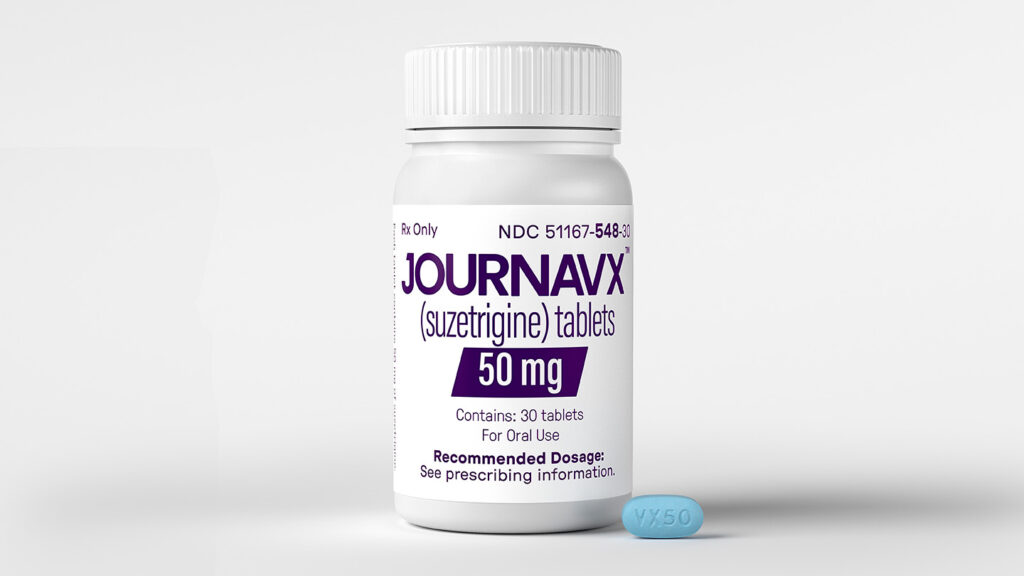Patients seeking an opioid-free way to handle pain experienced in the short-term will soon have a new option.
On January 30, the U.S. Food and Drug Administration approved suzetrigine for the treatment of moderate to severe pain in adults. The oral drug, called Journavx, is meant to ease short-term pain, the type that follows tissue injury, such as after surgery. The first of a new class of pain therapies to be approved in decades, the drug doesn’t pose a risk of addiction as opioid medications do, evidence suggests.
Just over 10 percent of U.S. adults aged 20 and over used one or more prescription pain medications from 2015 to 2018.
Journavx specifically targets one part of a pain-signaling pathway. It works by homing in on a protein, a sodium channel called Nav1.8, that moves sodium across nerve cell membranes in the peripheral nervous system. This sodium channel is found on nerve cells that sense pain. In targeting Nav1.8, the drug is able to tamp down that signal and keep it from reaching the brain.
There are other pain medications, including lidocaine, that work on sodium channels. But those medications block all of those channels. The resulting side effects puts limits on their dosage and use. That’s why lidocaine is injected just in the area it’s needed, for example.
In 2024, the drug company Vertex Pharmaceuticals reported that Journavx reduced pain compared with a placebo in people who had abdominal or foot surgery, although the effect was modest. Clinical trial participants experienced some side effects, including itching, rash and muscle spasms.
Read the full article here


